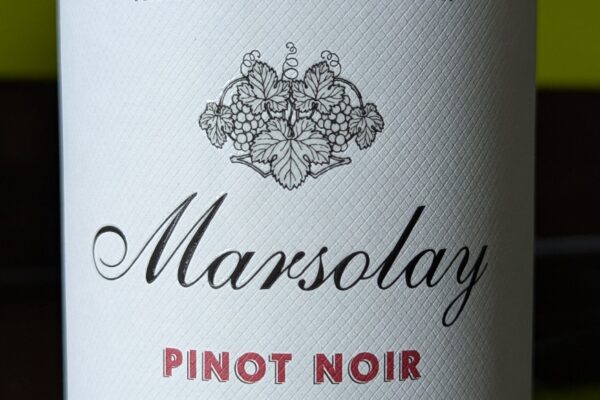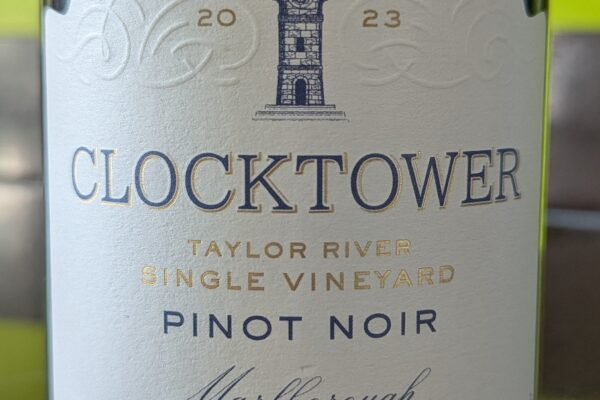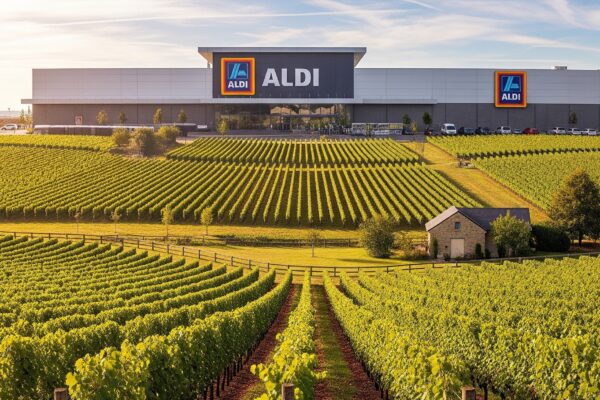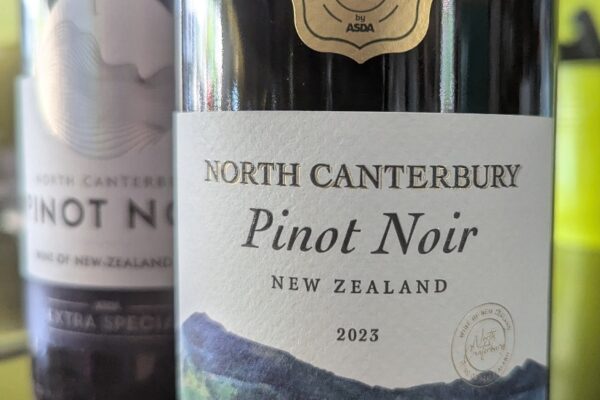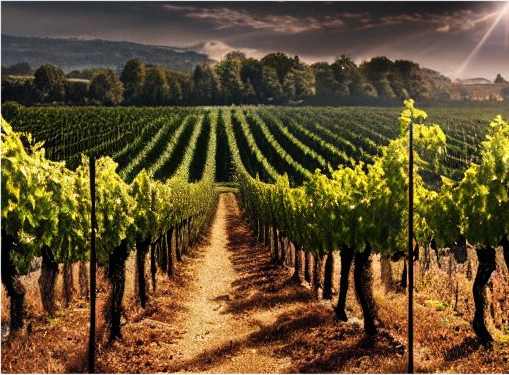
‘Terroir’ is a French term, steeped in sentiments, debates and controversy. Though it fundamentally translates to “a sense of place”, its meaning varies for different people.
Terroir encapsulates the unique blend of both natural and human influences that endow wine with its distinct character. It speaks of everything from the soil’s constitution where the grapes grow to the regional climate and the methodologies employed in both viticulture and winemaking. When a sip of wine has the power to transport you to a specific region or vineyard, that is caused by the terroir.
Its paramount importance lies in its ability to distinguish wines from different locales, even if made from identical grape varieties. For instance, a Cabernet Sauvignon from California’s Napa Valley will inevitably differ in taste from one cultivated in Bordeaux, France, a phenomenon largely attributed to terroir.
But how does one differentiate between terroir and terrain? While they might sound synonymous, they possess distinct meanings. ‘Terrain’ is concerned solely with the physical lay of the land — it refers to aspects like slopes, elevations and the general topography. Terroir, however, is an umbrella term that goes beyond to include an array of factors, both natural and those brought about by human intervention, which impact the wine.
Though commonly believed, the soil chemical composition, doesn’t have a substantial direct influence on the wine. Instead, academic research highlights the predominant role of irrigation practices on the vine and wine. However, the type of soil, whether sandy, clay or loamy, is crucial as vines flourish in conditions where the soil drains freely.
The grapevine itself is pivotal, with the variety, health and age influencing the wine’s profile. The specific location of the vineyard, described as the ‘site’, which accounts for altitude, slope and aspect has its own set of influences on the grapes. Climate, defining the enduring weather patterns of a region, affects the growth and ripening of grapes.
Humans, with their myriad choices, from the manner of pruning to when to harvest, imprint themselves onto the wine adding yet another layer to terroir. Other vinicultural practices, such as irrigation, fertilisation, composting, mulching and spraying, can alter the wine’s essence either subtly or in more pronounced ways.
However, amidst all these physical factors, there’s also the economic and marketing nuances of terroir. Some critics say that ‘terroir’ has predominantly become a marketing stratagem, used to justify elevated prices and to form a distinct identity in a saturated market. Such is the controversy surrounding terroir that its exact definition and its constitutive elements remain malleable and open to interpretation.




